Introduction:
In today’s health-conscious society, the quest for foods that satisfy cravings without tipping the scale towards weight gain is a common pursuit. While no food is truly “calorie-free,” some options boast a low-calorie, high-nutrient profile, making them ideal for guilt-free indulgence. However, it’s vital to underscore the importance of balance in dietary choices, emphasizing the need for a varied intake that includes essential nutrients like protein. In this comprehensive article, we’ll delve into 14 such foods, exploring their nutritional benefits and how they can be incorporated into a balanced diet.
Celery Stalk:

This often-underestimated vegetable is not only low in calories (a mere 6 per serving) but also rich in potassium, folic acid, and fiber. Its high water content provides hydration, while its crunchy texture satisfies cravings. However, celery lacks significant protein content, making it essential to pair it with protein-rich foods for a well-rounded snack or meal.
Kale:
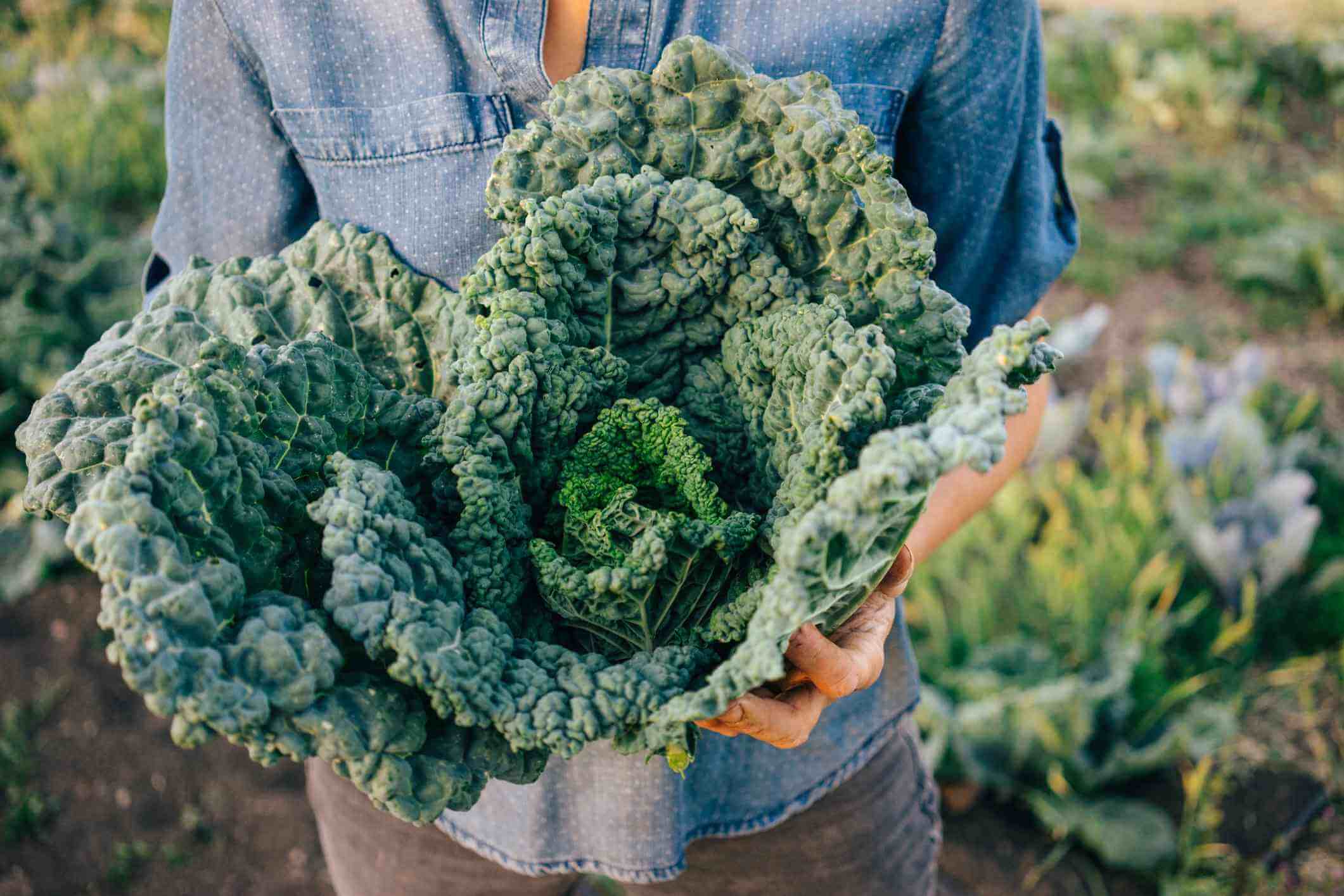
A nutrient powerhouse, kale is brimming with vitamins, minerals, and antioxidants, all while boasting a mere 33 calories per cup. Its versatility allows it to be incorporated into salads, soups, and smoothies, providing a nutritious punch. However, like other leafy greens, kale is not a significant source of protein and should be balanced with protein-rich foods in the diet.
Blueberries:
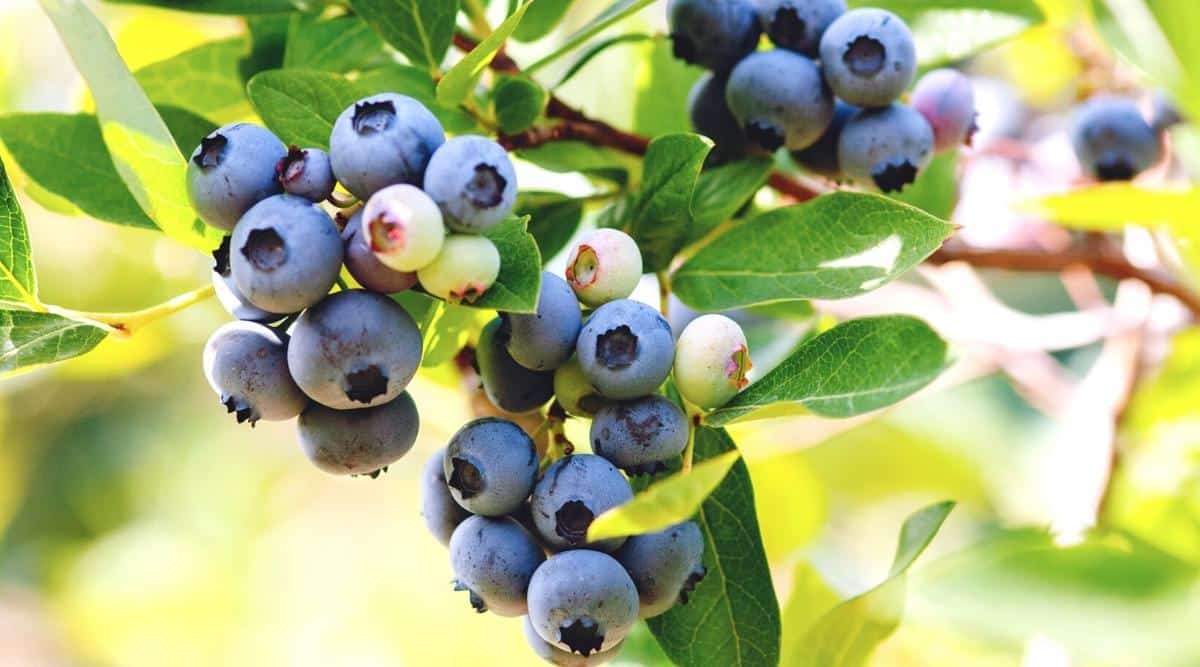
Renowned for their antioxidant properties, blueberries offer a guilt-free indulgence with only 85 calories per cup. Their high fiber content aids in satiety, making them a satisfying addition to yogurt, oatmeal, or smoothies. Nonetheless, they should be consumed alongside protein-rich foods to ensure a balanced intake.
Cucumber:

With its refreshing taste and minimal calorie count (just 16 per serving), cucumber is an excellent choice for hydration and crunch. It’s a versatile ingredient in salads, sandwiches, and snacks. However, it’s important to note that cucumbers lack significant protein content and should be paired with protein-rich foods for a balanced diet.
Tomatoes:
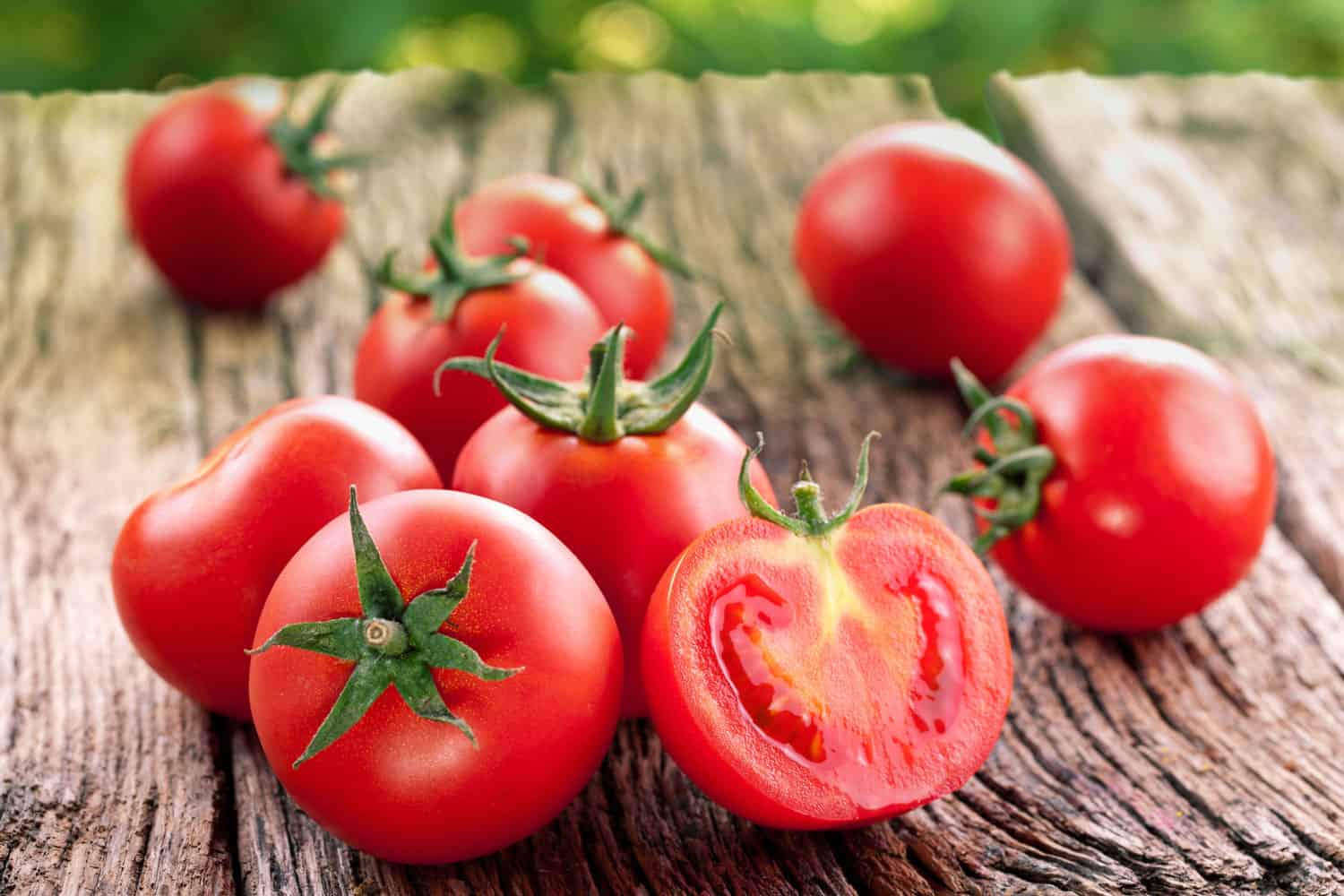
Tomatoes are not only low in calories (just 25 per medium tomato) but also packed with vitamins, minerals, and antioxidants. Whether enjoyed raw in salads or cooked in soups and sauces, tomatoes are a versatile ingredient that adds flavor and nutrition to meals. To create a balanced meal, pair tomatoes with protein-rich foods like chicken, fish, or tofu.
Grapefruit:
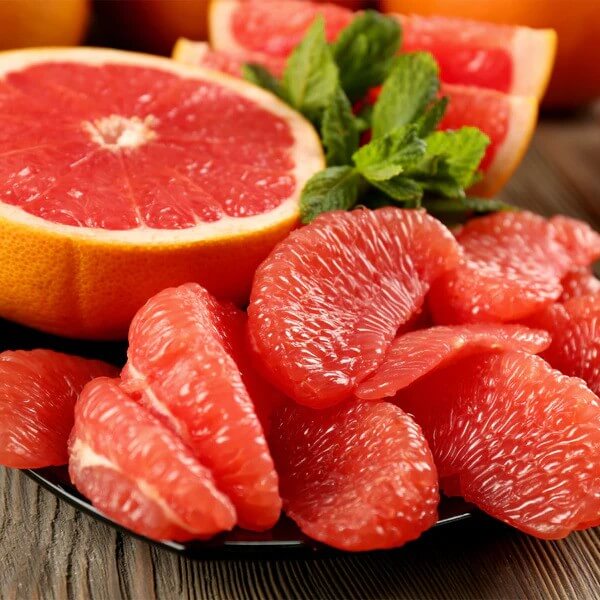
With only 50 calories per half, grapefruit is a refreshing fruit that may aid in weight loss and support overall health. Rich in vitamin C and fiber, grapefruit is a nutritious addition to salads, smoothies, or eaten on its own as a snack. However, it’s important to pair grapefruit with protein-rich foods to create a balanced meal.
Broccoli:
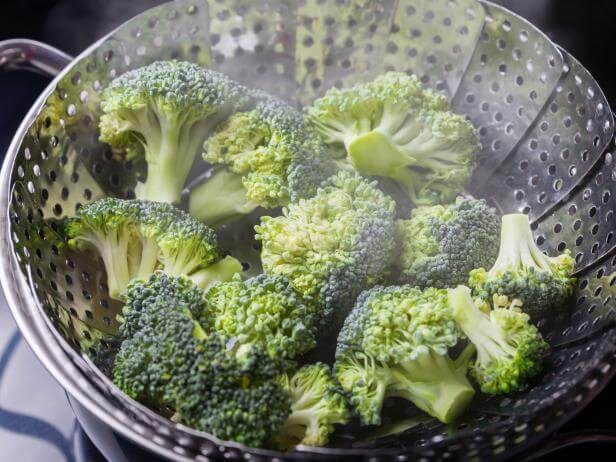
With just 31 calories per serving, broccoli is a nutrient-dense vegetable that provides essential vitamins, minerals, and fiber. Whether steamed, roasted, or stir-fried, broccoli is a versatile ingredient that adds texture and nutrition to meals. While broccoli is low in calories, it’s important to include protein-rich foods in your diet for muscle repair and overall health.
Cantaloupe:
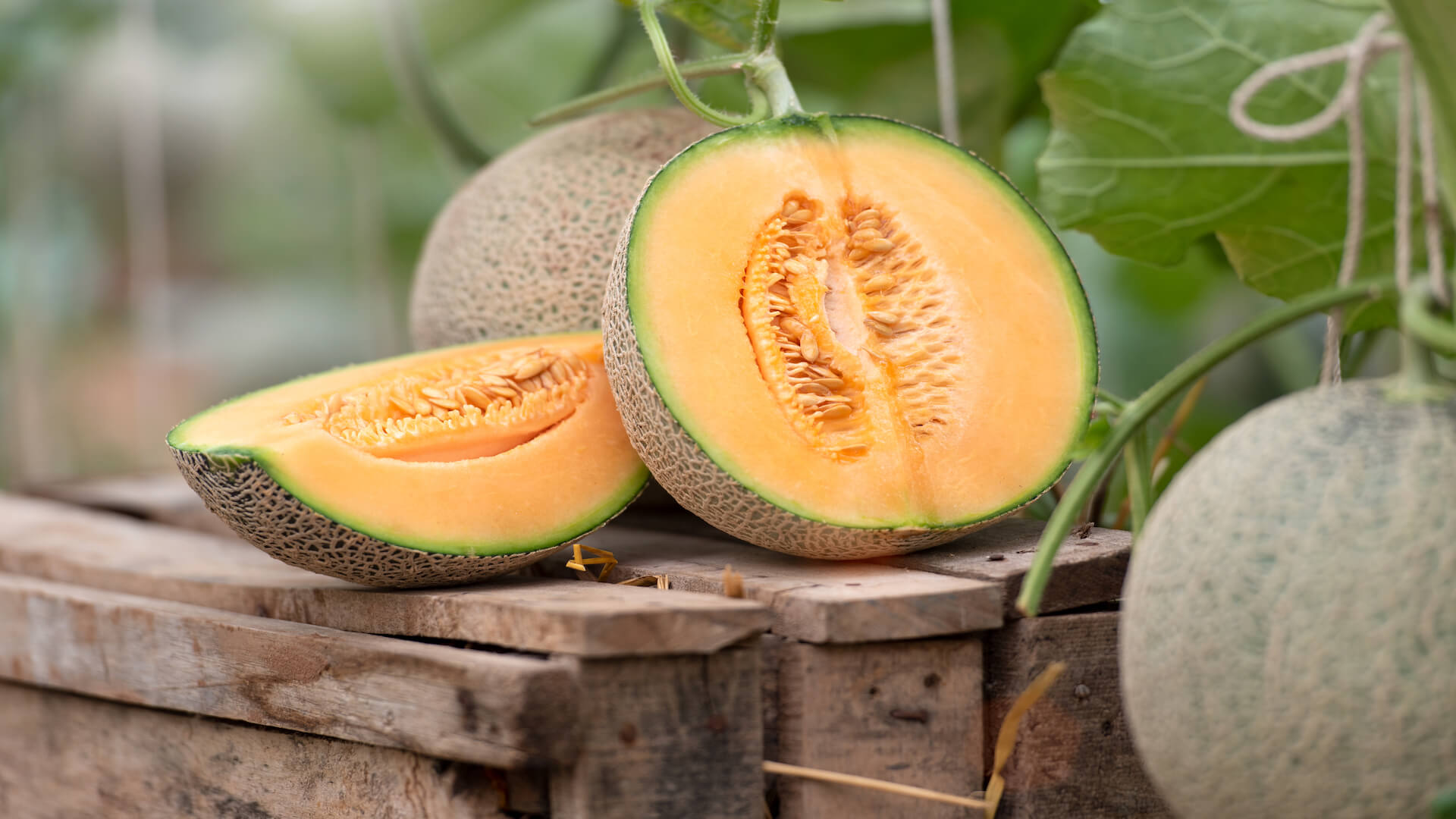
High in beta-carotene and vitamin C, cantaloupe is a hydrating fruit that provides only 55 calories per cup. Whether enjoyed on its own or added to fruit salads and smoothies, cantaloupe is a delicious and nutritious option for guilt-free indulgence. However, it’s important to pair cantaloupe with protein-rich foods to create a balanced meal.
Cauliflower:
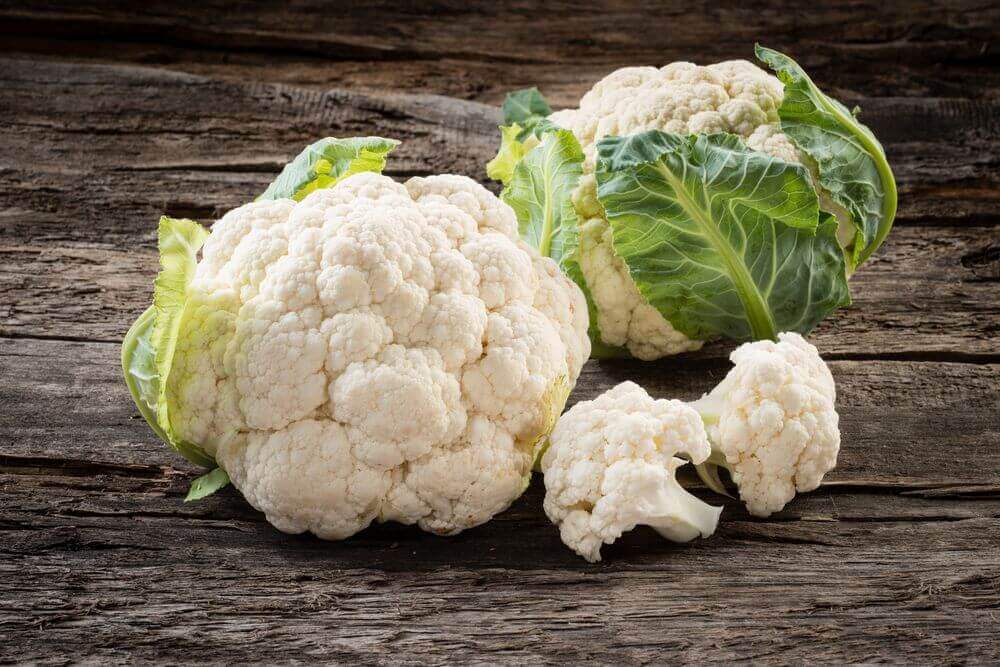
With only 25 calories per serving, cauliflower is a versatile vegetable that can be enjoyed in a variety of dishes. Whether mashed, roasted, or used as a low-calorie pizza crust alternative, cauliflower is a nutrient-dense option for guilt-free eating. However, it’s important to include protein-rich foods in your diet for muscle repair and overall health.
Blackberry:
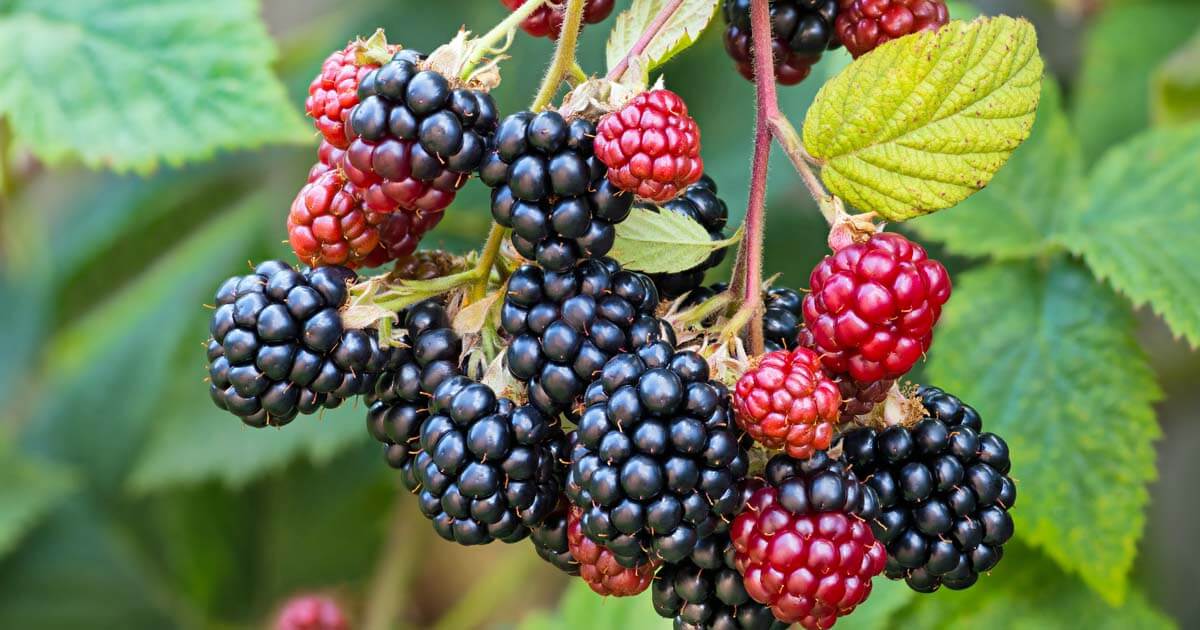
With just 62 calories per serving, blackberries are a delicious and nutritious fruit that provides antioxidants and fiber. Whether enjoyed fresh, frozen, or added to yogurt and smoothies, blackberries are a satisfying option for guilt-free indulgence. However, it’s important to pair blackberries with protein-rich foods to create a balanced snack or meal.
Lettuce:

With only 10 to 20 calories per serving, lettuce is a hydrating and low-calorie vegetable that adds crunch to salads, sandwiches, and wraps. Whether enjoyed as a base for salads or used as a wrap alternative, lettuce is a versatile option for guilt-free eating. However, it’s important to pair lettuce with protein-rich foods to create a balanced meal.
Strawberry:
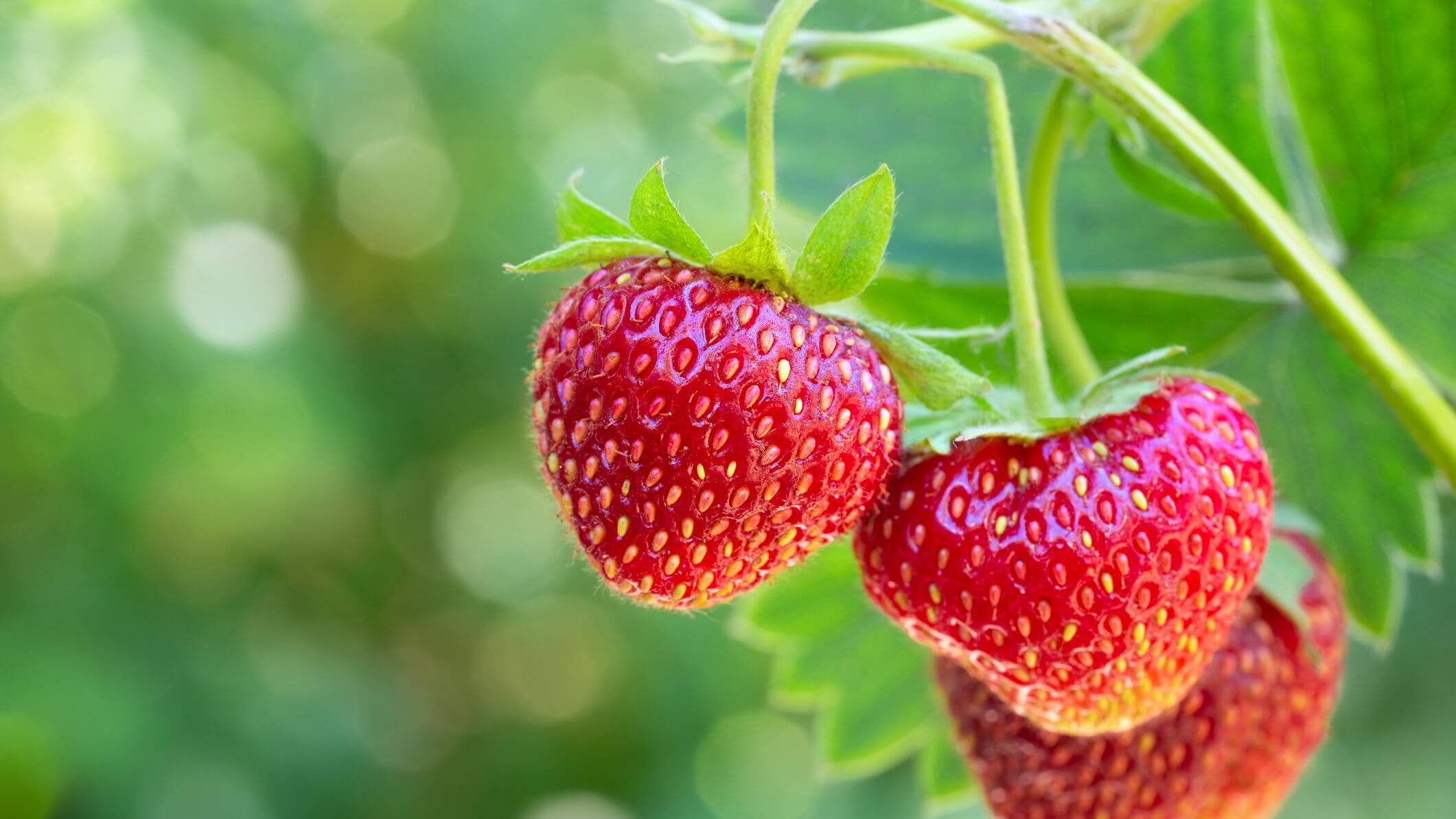
With only 50 calories per cup, strawberries are a sweet and satisfying fruit that provides vitamin C and antioxidants. Whether enjoyed on their own or added to yogurt, oatmeal, or smoothies, strawberries are a delicious option for guilt-free indulgence. However, it’s important to pair strawberries with protein-rich foods to create a balanced snack or meal.
Green Melon:

With 64 calories per serving, green melon is a hydrating fruit that provides vitamin C and hydration. Whether enjoyed on its own or added to fruit salads and smoothies, green melon is a refreshing option for guilt-free indulgence. However, it’s important to pair green melon with protein-rich foods to create a balanced meal.
Seaweed:

Seaweed is a versatile and nutrient-rich food that has been a staple in various cuisines around the world, particularly in Far Eastern cooking. It comes in various forms such as nori, kombu, and wakame, each offering unique flavors and nutritional benefits. Seaweed is low in calories and rich in essential minerals like iodine, which is crucial for thyroid health and metabolism regulation. Its fiber content also aids in digestion and promotes a feeling of fullness, making it a valuable addition to a balanced diet. Whether enjoyed in sushi, soups, salads, or as a crispy snack, seaweed offers a distinct umami flavor and a plethora of health benefits. Incorporate seaweed into your diet for its unique taste and nutritional advantages.
Conclusion:
Incorporating these 14 foods into your diet can help satisfy cravings and support your weight management goals. However, it’s crucial to maintain balance and include protein-rich foods alongside these low-calorie options. By doing so, you can enjoy guilt-free indulgence while maintaining a balanced diet that supports overall health and well-being. Remember, moderation and variety are key to a sustainable and fulfilling eating pattern.
